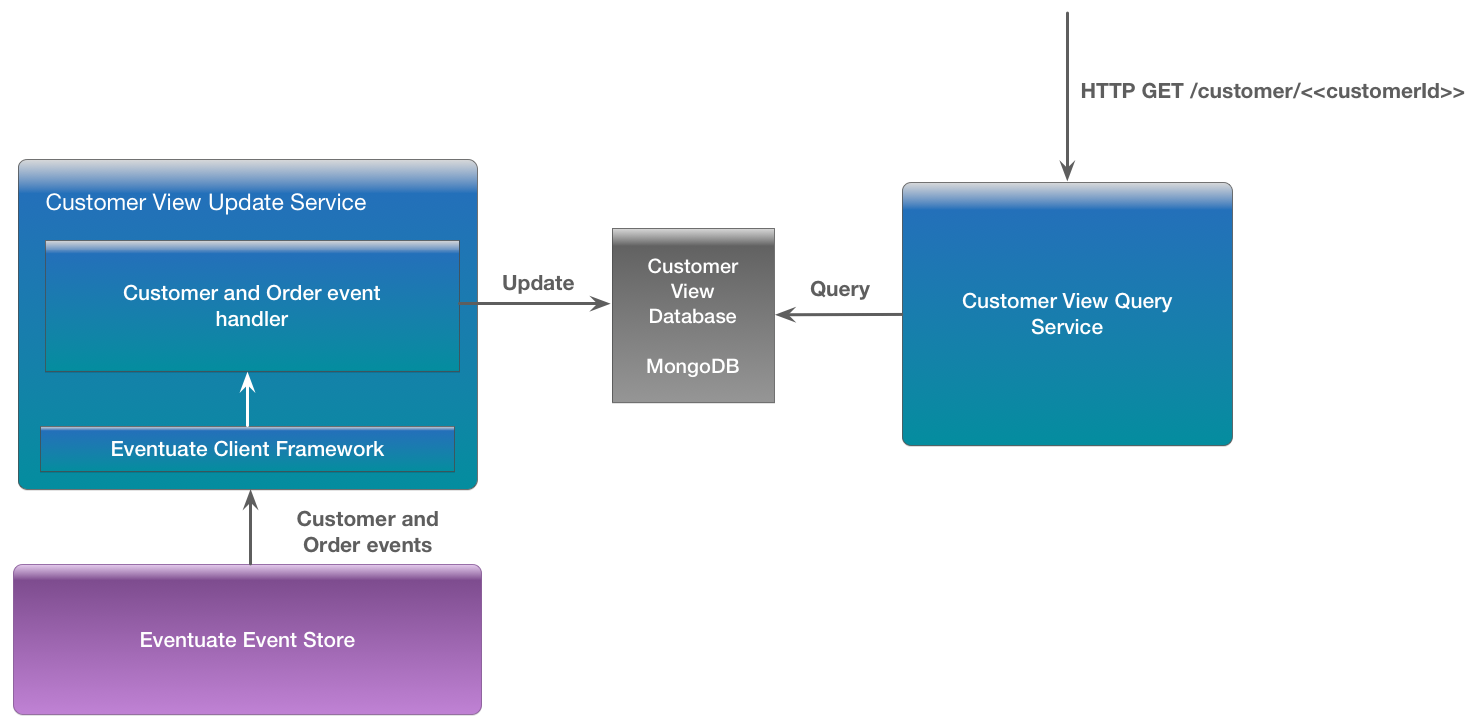C Event Handler Service
Posted By admin On 19.09.19Updated: by Computer HopeIn programming, an event is an action that occurs as a result of the user or another source, such as a being clicked, or a key being pressed. An event handler is a that is used to deal with the event, allowing a programmer to write code that will be executed when the event occurs.
Event Handler Definition
The events are declared and raised in a class and associated with the event handlers using delegates within the same class or some other class. The class containing the event is used to publish the event. This is called the publisher class. Some other class that accepts this event is called the subscriber class. Events use the publisher.
Other common event examples. A web browser completely loading a web page. A file being created or modified on a filesystem. A hardware sensor such as a webcam or microphone receiving sensory input. The arrival of incoming network traffic. The occurrence of an error at the program or system level.Events on the WebAnother example of an event is a user clicking on a within a web page. This action creates what is known as a 'click' event.
Could then be used to a reaction to the event, for instance, you could use the onclick event handler shown in the following box:
Information in this topic applies to generic desktop applications (.NET, WPF, Delphi and others).Connected and Self-Testing applications are deprecated. These technologies will be removed in one of the future releases of TestComplete.To create test code that runs from within your tested apps, use, a SmartBear functional testing tool for developers.To handle events in TestComplete, you use. These controls are ActiveX objects registered in the operating system. You can use them to create event handlers in TestComplete, as well as in any other application that supports working with ActiveX controls.
This topic explains how you create handling code for TestComplete events in. Before you start creating event handlers, you need to prepare the Event control that you will use for event handling.Open your test project in TestComplete, and open your for editing. To do this, right-click the Event control in the and choose Edit from the context menu.In the, add the desired events to the Event control. The steps you need to perform depend on the events to be handled.
See for complete information.In the TLB Description edit box at the top of the Event Control editor, specify some descriptive text for your Event control. This text will identify the control among other ActiveX objects in the system.
In order to handle events in your Visual C application, you need to add the Event control to a Visual C form:.Open your Visual C project in Visual Studio.Right-click the desired form in Visual C and select Insert ActiveX Control from the context menu. The Insert ActiveX Control dialog will appear.The ActiveX Controls box of the dialog lists all ActiveX components registered in the operating system. Search for the Event control using the description you have specified in the TLB description field of the.When the control is found, select it and press OK. The control will be added to the form.3. Creating Event Handling Code.Select the desired event in the New Windows messages/events listand press Add Handler.

Visual C will ask you for the name of theevent handler procedure and then add it to the form.To change its code, select the event handler in the Existing message/event handlers listand press Edit Existing.To refer to the Event control from code, you should create a member variable for it:.Select the EventControl ID in the Control IDs list of theNew Windows Message and Event Handlers dialog.Press Add Variable. The Add Member Variable dialog will appear.
To make your Event control respond to events of TestComplete or ActiveX objects, you should establish a link between the control and TestComplete (or between the control and the desired object). We call this attaching an Event control to the event source. You should attach the control to every object, whose events you are going to handle. The Event control can only process the TestComplete engine’s events or events of an ActiveX object if it has been attached to them.To attach an Event control to TestComplete or desired object, use the following methods of the Event control:.- Establishes the link to the TestComplete engine.
Call this method if you need to handle TestComplete events.- Attaches the Event control to any object specified by the Obj parameter. This object must implement the IDispatch interface.
Use this methods to handle events of ActiveX objects that reside outside of TestComplete. Note:The AttachTo method is available if your Event control contains events of external ActiveX objects. Voices of istanbul kontakt.

If the control only contains TestComplete events, the method is unavailable.It may be convenient to attach an Event control to the desired event source after your C# Connected Application has been started. You can call the AttachToTestComplete and AttachTo methods within the OnLoad event handler of the application’s main form. For instance, to handle events of the Document object of Microsoft Word, follow these steps:.Add Microsoft Word’s events to the list of project events.See for more information on this.Attach the Event control to TestComplete by calling the EventControl.AttachToTestComplete method.Attach the Event control to each Microsoft Word’s Document object, whose events you would like to handle. That is, call EventControl.AttachTo(DocumentObject) for each Document object. OleInit ole.var WordAppObject, DocObject1, DocObject2.// Attaching to TestCompletemEventControl.AttachToTestComplete;// Getting references to Microsoft Word and Document objectsWordAppObject = Sys'OleObject'('Word.Application');DocObject1 = WordAppObject'Documents'Item'(1);DocObject2 = WordAppObject'Documents'Item'(2);// Attaching to Microsoft Word and Document objectsmEventControl.AttachTo(WordAppObject);mEventControl.AttachTo(DocObject1);mEventControl.AttachTo(DocObject2).